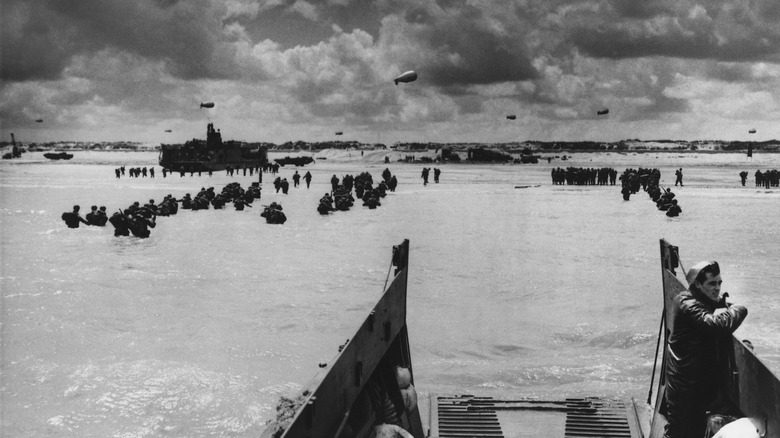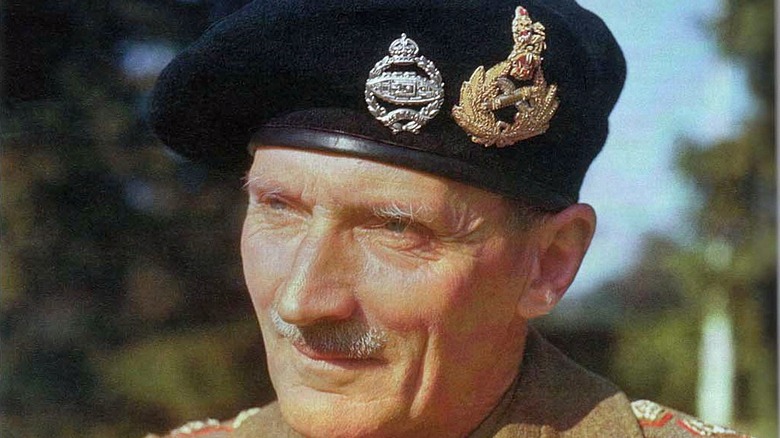How American History Classes Lie About D-Day
June 6, 1944 was the defining moment of the Western Front in World War II. Where the Allies had previously been halted in their advance through Italy, they now began a sweeping push into France and beyond. Less than a year later, Adolph Hitler was dead, and the German army surrendered as Soviet troops trailed into Berlin. D-Day is rightly immortalized in monuments and media for its acceleration of Nazi Germany's end. Yet the passages and pictures in United States school books feature an America-centric account of D-Day, which ultimately makes them incomplete framings of the invasion as a whole.
The British Isles represented far more to the invasion than a mere staging ground for their American compatriots. After enduring an arduous retreat at Dunkirk and years of German bombers over their homes, the British were very much intent on returning to Europe to liberate their allies and avenge their fallen countrymen. It is within these actions that we see why contributions of former British colonies were central to the Allied victory. Indeed, D-Day was not quite the American crusade it is often depicted as in film and history classes.
British and Canadian troops made up more than half of the invasion force
The invasion of Europe was very much an international effort. British and Canadian forces together made up more than half of the total landing troops, as volunteers from occupied countries fought under either their flags or that of the Americans (via The D-Day Story). British officers contributed to much of the invasion's planning stage (and near failure), with Field Marshall Bernard Montgomery (pictured above) having been one of its key architects, Business Insider reports. Three of the six beachheads were the responsibility of British troops to take, while the invasion of Juno Beach was headed by Canada.
Non-U.S. participation in D-Day was not limited to soldiers and officers either. America's lend-lease program was a vital lifeline for Allied forces across the world. Britain, the Soviet Union, and the Republic of China all made extensive use of American weapons in addition to their own (via History). Yet according to All That's Interesting, in spite of America's massive output of military equipment, more British ships and aircraft were used to support the landing forces. None of this should discount the sacrifice of the American soldiers who gave their lives that day, but it is important to remember that they were not the only ones who did.

